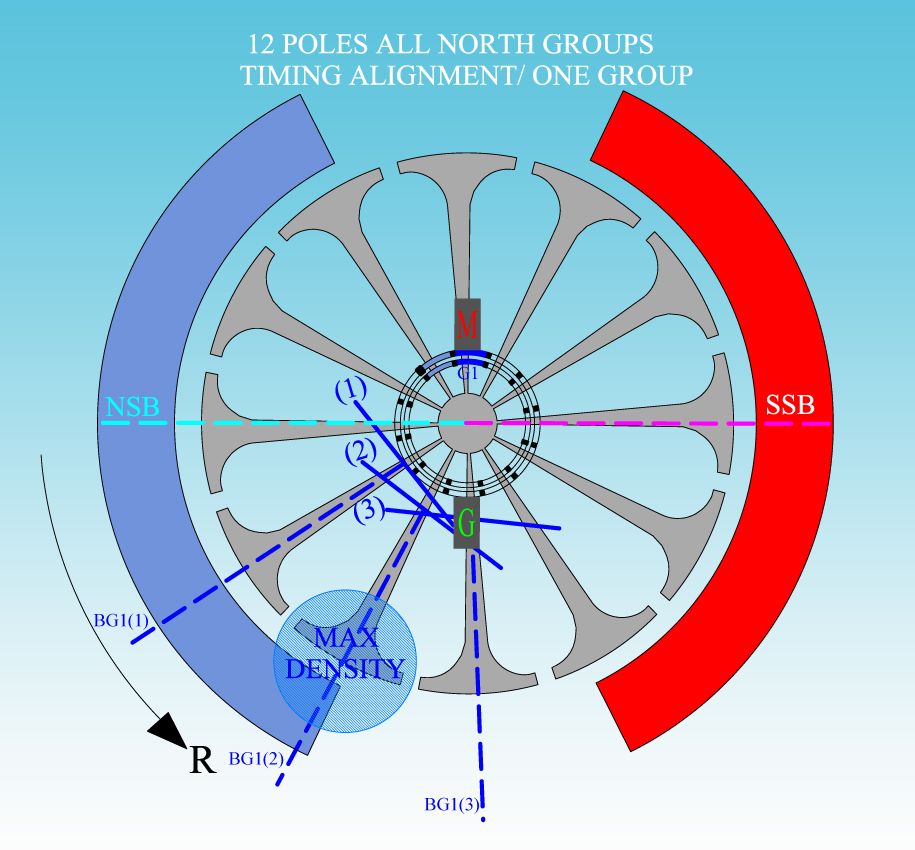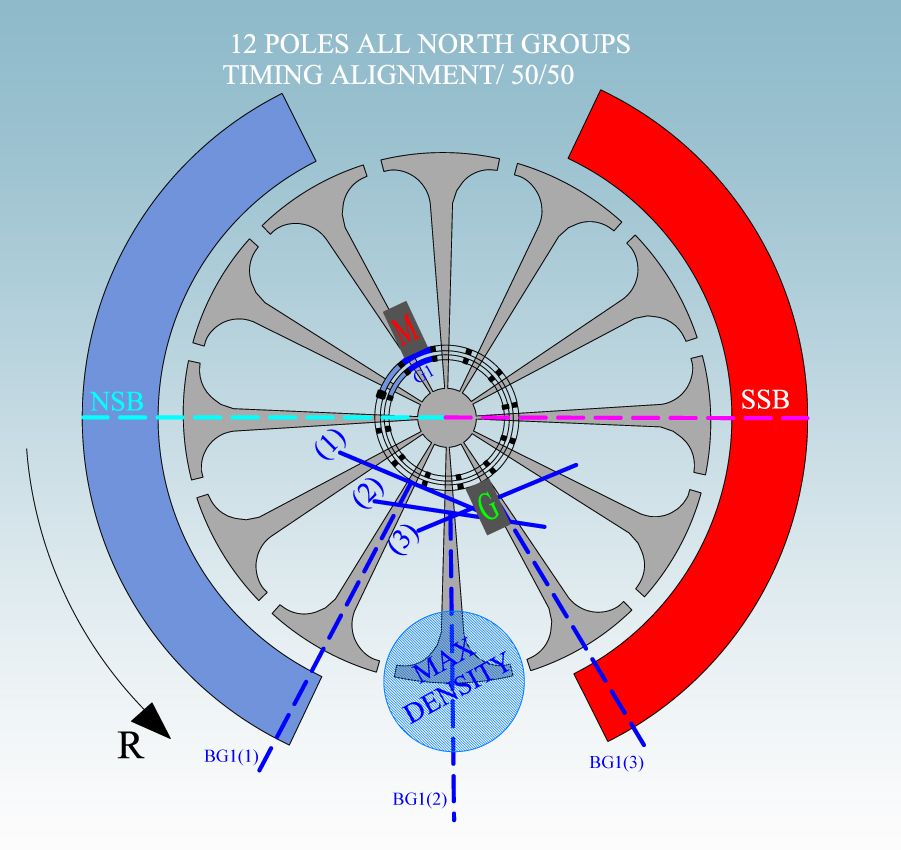Brake micro switch
Hi UFO. To give an accurate answer to this earlier I referred to the user manual.
However. On taking a closer look at the brake lever there is indeed a micro switch running down to the controller.
That is now disconnected and new brake test conducted. At around 8A the breaker tripped...I tested again and tried to hold it just below 8A. The breaker held BUT I nearly fried the multimeter leads, it was quite an extended run. Still I would expect something designed to test 10A would have leads capable of same.
I presume this means the need for a new controller and circuit breaker...but this doesn't seem to explain the lack of speed and acceleration on the down gradient ?
Thank you for trouble shooting this UFO.
best regards
mark
Originally posted by Ufopolitics
View Post
However. On taking a closer look at the brake lever there is indeed a micro switch running down to the controller.
That is now disconnected and new brake test conducted. At around 8A the breaker tripped...I tested again and tried to hold it just below 8A. The breaker held BUT I nearly fried the multimeter leads, it was quite an extended run. Still I would expect something designed to test 10A would have leads capable of same.
I presume this means the need for a new controller and circuit breaker...but this doesn't seem to explain the lack of speed and acceleration on the down gradient ?
Thank you for trouble shooting this UFO.
best regards
mark





Comment